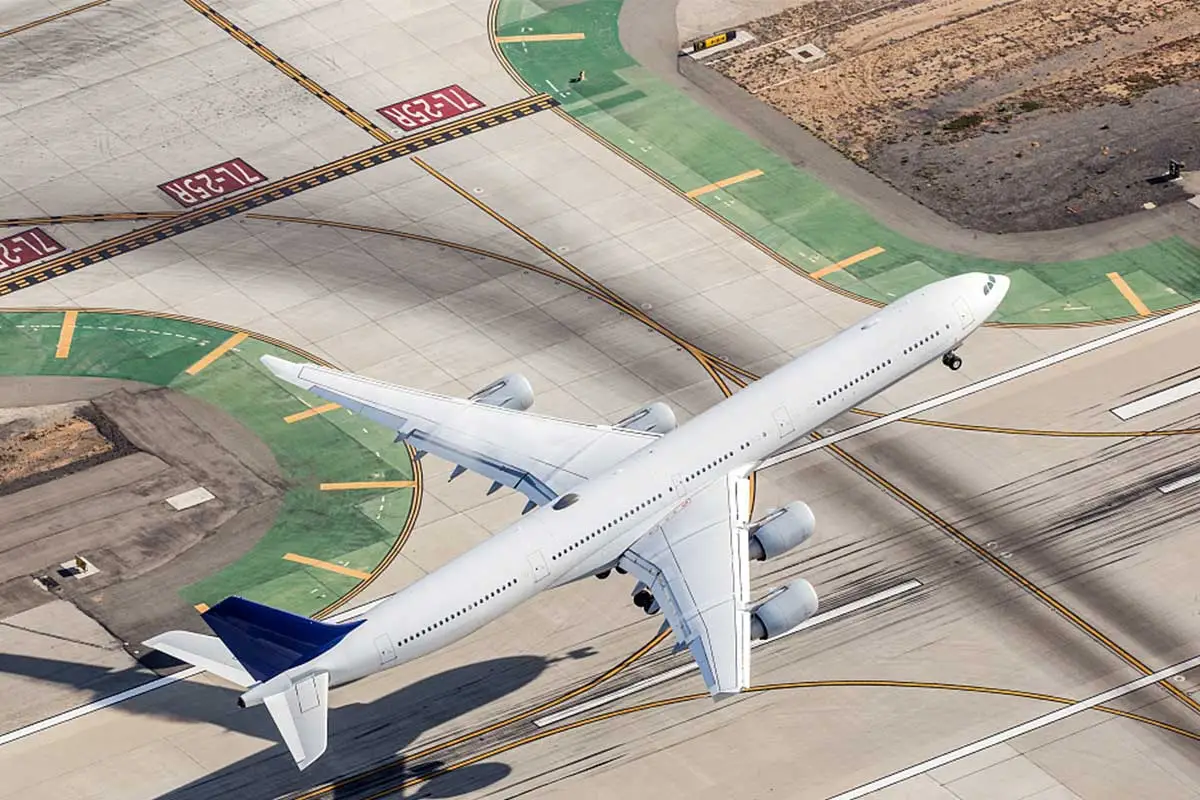Aerospace engineering uses titanium-stainless steel components, whose transition joints achieve the connection of different metals, at the same time, also meet the strict selection of long-life flight device.
Titanium and aluminum have relatively high specific strength and specific stiffness, and are important structural materials in Aircraft and Aerospace. Using a large number of titanium, aluminum, copper and other metal clad materials can reduce the weight, improve the performance of aerospace equipment. The use of metal clad plate can also reduce the material cost of rare and precious metals.

Metal clad plates have significant applications in the aircraft and aerospace industries. These plates offer a unique combination of properties that are essential for the demanding requirements of this sector.
One key application of metal clad plates is in the construction of aircraft fuel tanks. The clad material provides excellent corrosion resistance, ensuring the integrity of the tanks and preventing leaks or contamination of the fuel. Additionally, the base metal provides the necessary strength and structural support.
Metal clad plates are also used in aerospace components such as engine parts, heat exchangers, and structural elements. The clad layer can offer properties such as high temperature resistance, wear resistance, or electrical conductivity, depending on the specific requirements of the component.
Another area where metal clad plates find application is in rocket and spacecraft manufacturing. The clad material can provide protection against extreme temperatures, high pressures, and corrosive environments experienced during space exploration.
In summary, metal clad plates are an integral part of the aircraft and aerospace industries. Their ability to combine different materials, such as corrosion-resistant alloys and high-strength metals, allows for the creation of components that meet the demanding performance and safety standards of this sector. Metal clad plates contribute to the reliability, durability, and overall functionality of aircraft and aerospace systems.